|
(Before I get started...) This post is a few days late, for which I apologize! I wanted to make it good rather than fast and it took me a while to get the recordings/tabs together - hopefully this was worth the wait for any regular readers!
---------- This weekend I went to a memorial for my banjo-buddy Stew who passed away this summer. The gathering was really nice - while I mostly knew Stew in a musical context, it was great to hear about his other passions (racing cars and dirt bikes; doing after-hours renegade IT at his University) and meet his family. I also got to meet the members of the contradance band Stew played with and even join them for a few tunes on banjo. Let it be known that when my time comes I absolutely want a jam session to break out at my memorial service as well - I think Stew would have loved it. Before playing with the contradance band, they let me look over their tune list and pick out the ones I knew for us to play together. I was grateful for this bit of courtesy since contra bands often veer Irish I'm not super familiar with that repertoire. In addition to skewing the jam towards "crossover tunes" (e.g. "Whiskey before breakfast" and the like), letting me pick tunes meant that we ended up playing mostly reels and a few waltzes; though Stew's old contra dance band had plenty of jigs on the list, they didn't get to play any (note: I did actually ask them to play a few without me but they were too polite to take me up on that). Stew once mentioned to me in an email that he had never found a great way to get clawhammer jigs up to speed - maybe a jig-less jam at his memorial would have actually been his preference : ). However, I've been meaning to tackle jigs on this blog (and in my own playing) for a while so...today's post is all about playing jigs on clawhammer banjo. I'll start by describing problems with playing clawhammer jigs, then Ill break down right hand stride for jig playing, and finally I'll then talk a little about breaking stride in a jig context. Here we go! The problem with playing jigs... First off, a definition. "Jigs" are tunes in 6/8 time frequently found in the Irish repertoire, but (in my experience) absent in Appalachian Old Time music. The biggest problem with playing jigs on clawhammer banjo is that they require players to slur notes in groups of three 8th notes with the first note played strongly; I typically count each measure of a jig as "one, and, a, two, and, a..." with the bold notes denoting heavier emphasis. However, as clawhammer players, we have 2 right hand appendages available to us (the striking finger and the thumb) and figuring out when to use these for 3 notes without getting all twisted up is a bit of a conundrum. In typical 4/4 tunes, we can go with the general rules of right hand stride (outlined here), which dictate that we bring our striking finger towards the strings (...even if we end up playing a ghost note...) on every beat; off-beat notes (i.e. those indicated with "+'s" in my tabs) are played either with drop-thumb, hammer-ons, pull-offs, or left hand plucks. Of course its just fine to break stride on occaision, but it would be nice to figure out the "rules" of right hand stride in the context of a jig before trying to break it. Right hand stride in jigs For today's post I'll be talking about a familiar Irish jig called "the Irish Washerwoman" which, even if you're not all that familiar with Irish music, you may have heard in old Popeye cartoons like I did back in the day. Here's a tab of the A part without any markup to indicate hammer-on's, pull-off's etc.:
Figure 1 - The A part of "The Irish Washerwoman" without any markup indicating hammer-on's, pull-off's, drop thumbs, or left hand plucks. All tabs meant to be played in Old G tuning (gDGDE). Hand position: 2nd fret - index; 3rd fret - middle; 4th fret - ring; 5th fret - pinky.
Note that while jigs are typically thought of as 6 beats (and could be counted 1,2,3,4,5,6) I typically count each measure of a jig as "one, and, a, two, and, a..." with the bold notes denoting heavier emphasis. In my notation above I put "+'s" above the 2nd, 3rd, 5th, and 6th notes in a measure of un-interrupted 8th notes; in the discussion below, I''ll call these beats either 1+/2+ (indicating the first beat after a numbered beat) or 1++/2++ (indicating the second beat after a numbered beat).
The most straightforward (but perhaps least "clawhammery") way would to play this thing would be to simply play every note with the striking finger. Here's how that sounds:
Example 1 - The tab in figure 1 played using my striking (index) finger for every note.
This approach is actually okay at slow speeds - after all, I essentially did something like this to play the non-Old-Time song "Atlantic" at a relative's wedding (more on that here) - but you're never going to get a jig up to speed like this. Also, that type of playing is missing that "clawhammery groove." So how do be play faster and add in some groove? After trying to feel my way through this conundrum in jams, I finally turned to the internet for advice - as you may have guessed, you can find a lot of info about this on banjo hangout (banjohangout.org). I found a post by Ken Perlman (definitely a go-to guru for Celtic clawhammer) which suggested using an "ITIITI" approach for jigs. There's also a great youtube video by Mike Iverson advocating the same approach. Basically, Ken and Mike are suggesting that each measure of a jig could be played as follows (note that I've used "++" to refer to the second plus beat after each numbered beat):
Beat 1: index Beat 1 +: thumb Beat 1 ++: index Beat 2: index Beat 2 +: thumb Beat 2 ++: index I'll go ahead and modify this just a bit and say that the "1+" and "2+" beats of each measure could also be played with hammer-on's, pull-offs, or left hand plucks. Under this guidance, the rules of right hand stride for jigs become the following (text heavily borrowed from my aforementioned first post on right hand stride - again, here): Rule 1 for maintaining right hand stride in jigs: The index finger of the right hand moves towards the strings on every 1, 1++, 2, and 2++ beat; the thumb never plays notes on these beat. Rule 2 for maintaining right hand stride in jigs: The index finger is never used to play notes on 1+ or 2+ beats; these notes should be played with the thumb of the right hand, with a left hand pluck, or by hammer-ons/pull-offs from notes played on preceding beats. Rule 2a) if the note on a "1+" or "2+" beat is on a lower string than the preceding note (or if the preceding beat contains a brush, cluck, or ghost note) this note should be played with the thumb of the right hand. Rule 2b) if the note on a "1+" or "2+" beat is at a higher fret of the same string of the preceding note, this note should be played with a hammer on. Rule 2c) if the note on a "1+" or "2+" beat is at a lower fret of the same string of the preceding note, this note should be played with a pull off. Rule 2d) if the note on a "1+" or "2+" beat is on a higher string than the preceding note, this note should be played by plucking the string with the left hand. I like a lot of things about this approach, but it does have one big drawback: you end up constantly playing 2 striking finger notes in a row (e.g. between the 1++ and 2 beats). While this may put an inevitable speed limit on your playing, I really like the feel that this approach gives: the 1, 1++, 2, and 2++ beats are noticeably stronger than the 1+ and 2+ beats. I try to play so that the 1 and 2 beats are strong, the 1+ and 2+ beats are weak, and the 1++ and 2++ beats are somewhere in the middle. By using a slightly higher tough on the 3rd beat of each group, it also becomes a bit easier to get your hand back in line for the 1st beat. So lets start applying this approach to "the Irish Washerwoman." For various reasons, I'll start with the 2nd measure. Here it is again, not marked up:
Figure 2 - the second measure of the A part of "the Irish Washerwoman" without any markup indicating hammer-on's, pull-off's, drop thumbs, or left hand plucks.
(Meant to be played in old G tuning - gDGDE)
The rules of right hand stride for jigs outlined above say that it should be played as follows:
Figure 3 - the second measure of the A part of "the Irish Washerwoman" as it should be played according to the rules of right hand stride outlined above. Brackets indicate drop thumb.
(Meant to be played in old G tuning - gDGDE)
You'll get some audio a bit further down, but I'll just say that this actually works pretty well for now. Next let's check out the first measure (again unmarked up first):
Figure 4 - the first measure of the A part of "the Irish Washerwoman" without any markup indicating hammer-on's, pull-off's, drop thumbs, or left hand plucks.
(Meant to be played in old G tuning - gDGDE)
The rules of right hand stride (above) would say that this phrase should be played as follows:
Figure 5 - the first measure of the A part of "the Irish Washerwoman" as it should be played according to the rules of right hand stride outlined above. Again, I hope you like my creative method for indicating the use of a left hand pluck : )
(Meant to be played in old G tuning - gDGDE)
However, that left hand pluck on the 3rd string (and left hand plucks in general...) feels pretty awkward to me. Banjos don't have to get every single melody note; I'm in favor of replacing that note with a 5th string pull as follows:
Figure 6 - the first measure of the A part of "the Irish Washerwoman" as it should be played according to the rules of right hand stride outlined above, but with a 5th string pull replacing a left hand pluck. (Meant to be played in old G tuning - gDGDE)
Using this "replace left hand plucks with 5th string pulls" technique, you can play the whole A part of the "the Irish Washerwoman" in stride as follows:
Figure 7 - The A part of "the Irish Washerwoman" played according to the rules of right hand stride, but with all potential left hand plucks replaced with 5th string pulls. Brackets indicate drop thumb. (Meant to be played in old G tuning - gDGDE)
Here's the audio:
Example 2 - me playing the tab shown in Figure 7 on my Buckeye.
If I really wanted to, I could use some left hand plucks to get all of the melody notes in "the Irish Washerwoman," but again, I really don't like playing that way. Also, the note on the 2+ beat of the 3rd measure is fretted and I find that plucking fretted notes with the remaining fingers of the left hand to be nearly impossible. Perhaps we could get these notes with some hammer-ons and/or shifts in left hand position...but we can also get them by breaking stride!
Breaking right hand stride in jigs: The one relevant stride breaking move that I'll talk about here is what Adam Hurt calls a "modified Galax lick" that I've talked about previously (here). Basically, you're trying to use a single right hand stroke to strike 2 adjacent strings as follows:
Figure 8 - A poorly drawn explanation of how to accomplish a "modified galax lick" to get 2 quick striking finger notes in a row. For the figure on the left, pretend you're looking down your banjo neck from the nut to the bridge...and that every part of the banjo other than the strings and bridge has disappeared for some reason. For the figure on the right, the circled numbers represent cross-sections of strings 1-5 and the line at the bottom represents the fingerboard.
This move gives us a less-awkward way to reach the melody notes were missing (at least in my opinion). Here's what our tab of the A part of "the Irish Washerwoman" looks like afterwards:
Figure 9 - The A part of "the Irish Washerwoman" played with a bit of right hand stride breaking. Brackets indicate drop thumb, astrices indicate that the note should be played with the index finger as the second note of a modified galax lick (shown in Figure 8).
(Meant to be played in old G tuning - gDGDE)
Here's the audio:
Example 3 - Me playing the tab shown in Figure 9 on my Buckeye.
Well this turned into a long one : ). Next week, I've got just a bit more to say about jig playing - see you then!
7 Comments
9/27/2019 06:55:54 am
If you really want to play him, then that is okay. Well, in my opinion, he is the least useful character, but then again, that is just my opinion. I know that there are people who love him, but I honestly cannot see it. He is not as great to play as other characters, plus, he is pretty difficult to master. I really suggest that you start playing another character, at least if you want to climb the ranking ladder.
Reply
3/5/2024 10:12:40 am
Vitamin E is essential for maintaining a healthy immune system. It helps regulate immune cell function and enhances the body's ability to fight off infections and illnesses. Adequate vitamin E intake may reduce the risk of infections and shorten the duration of colds and flu.
Reply
3/20/2024 03:22:25 pm
Mixed materials and textures are popular in lighting design, with combinations of wood, metal, glass, and fabric adding visual interest and depth. Mixed-material fixtures blend seamlessly into eclectic interiors, adding texture and contrast.
Reply
4/4/2024 03:15:00 pm
The craftsmanship and artistry involved in creating jewelry make each piece unique and special. Skilled artisans use intricate techniques to design and craft jewelry, resulting in exquisite and one-of-a-kind creations.
Reply
4/22/2024 10:10:53 am
Natural fibers such as organic cotton, linen, and wool are biodegradable, breaking down naturally at the end of their lifecycle. This reduces the accumulation of textile waste in landfills and minimizes environmental pollution caused by synthetic fibers.
Reply
6/25/2024 04:36:05 pm
am convinced that somewhere out there, there are aliens watching us right now and wondering what we're doing down here on Earth.
Reply
Leave a Reply. |
-----
|
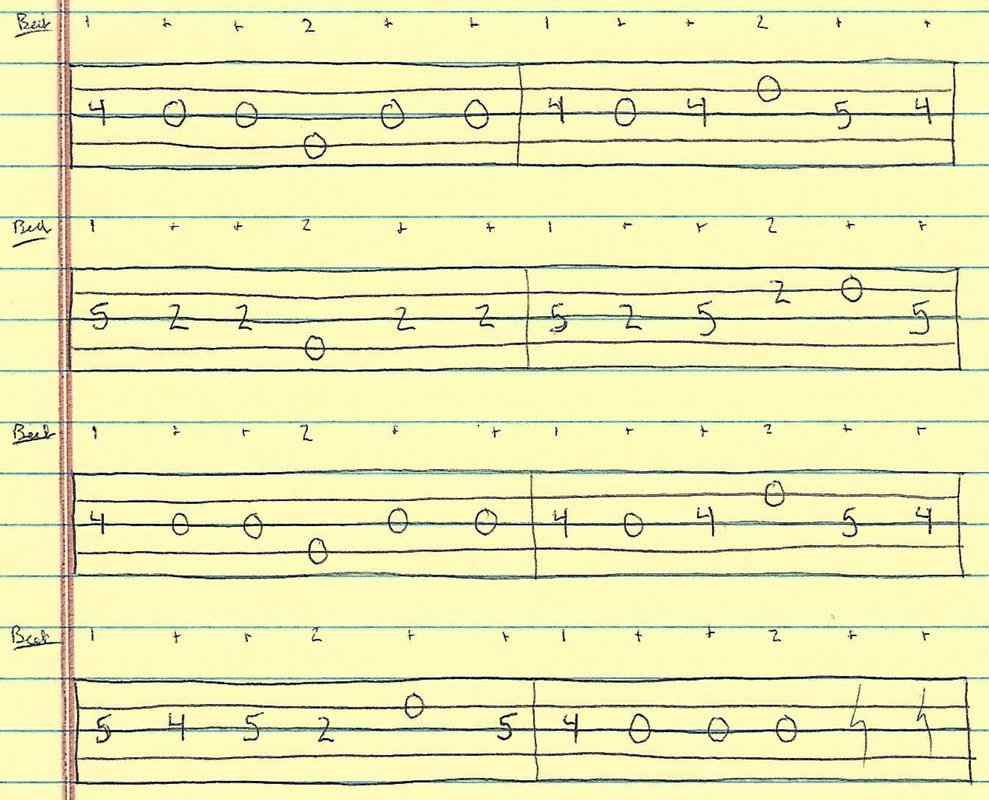
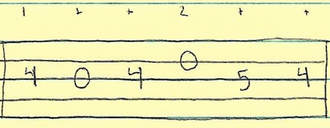
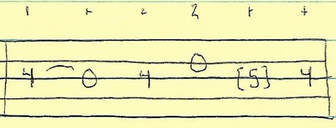
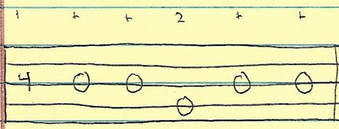
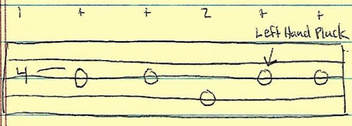
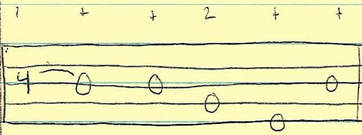
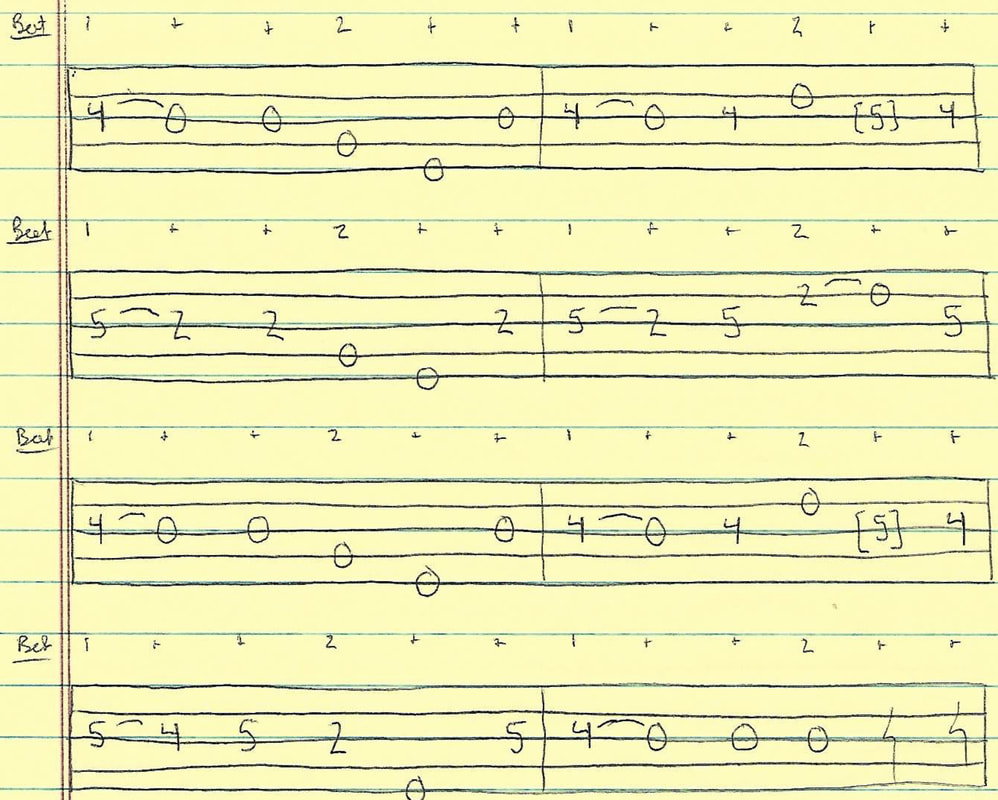

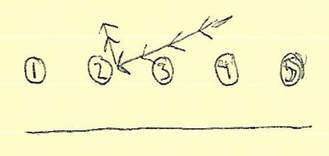
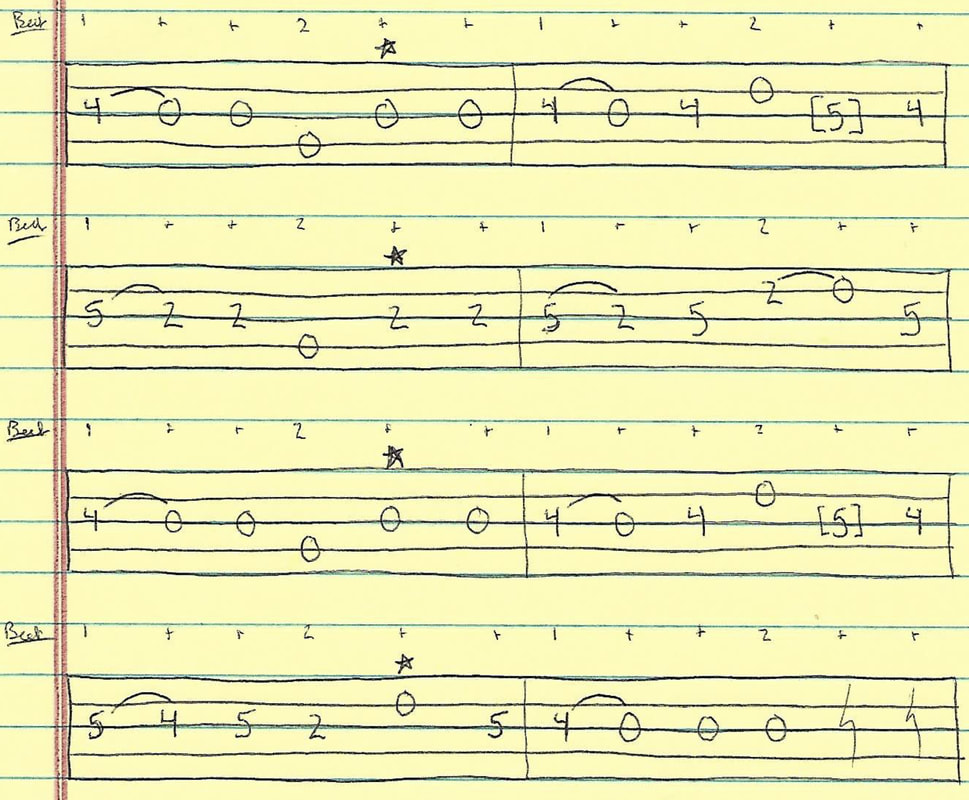
 RSS Feed
RSS Feed